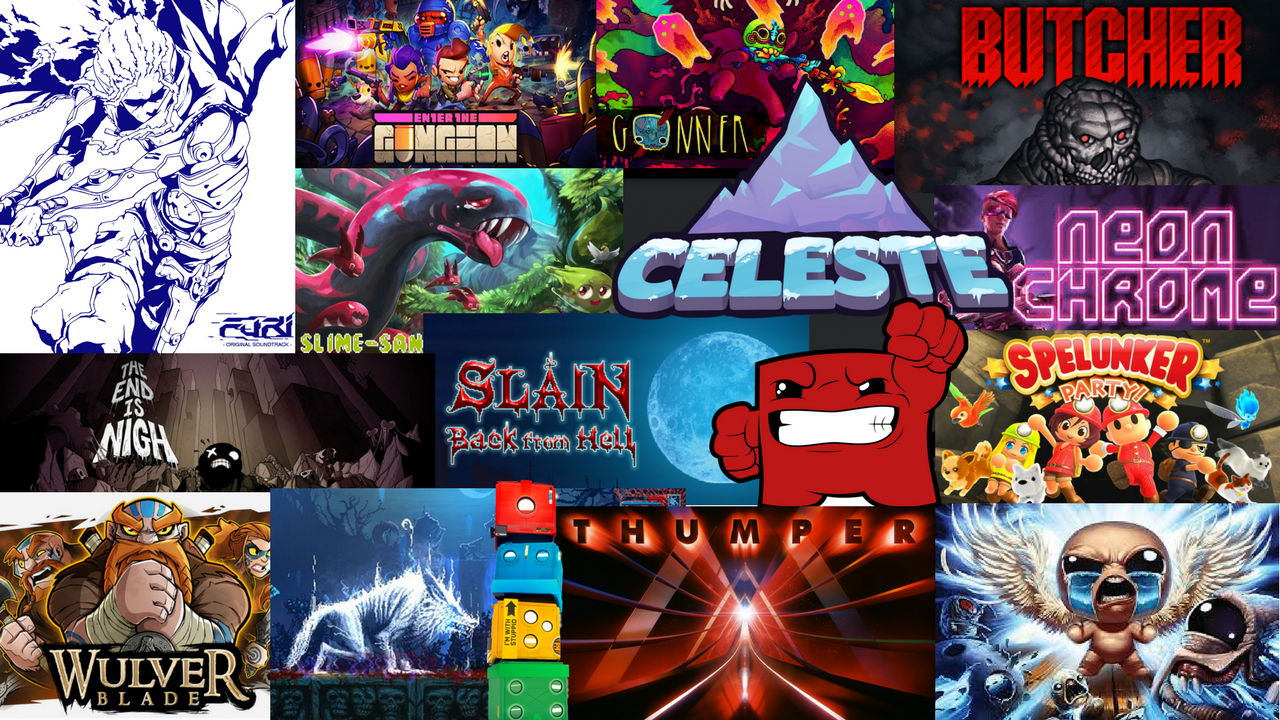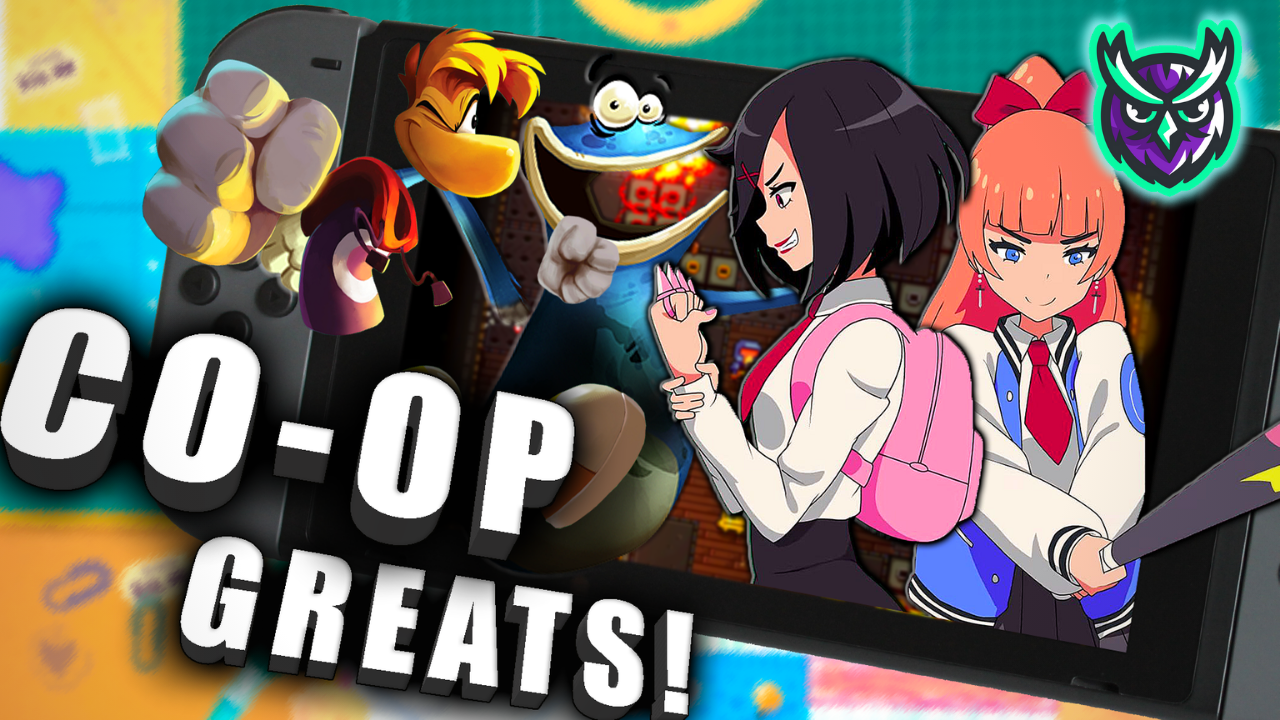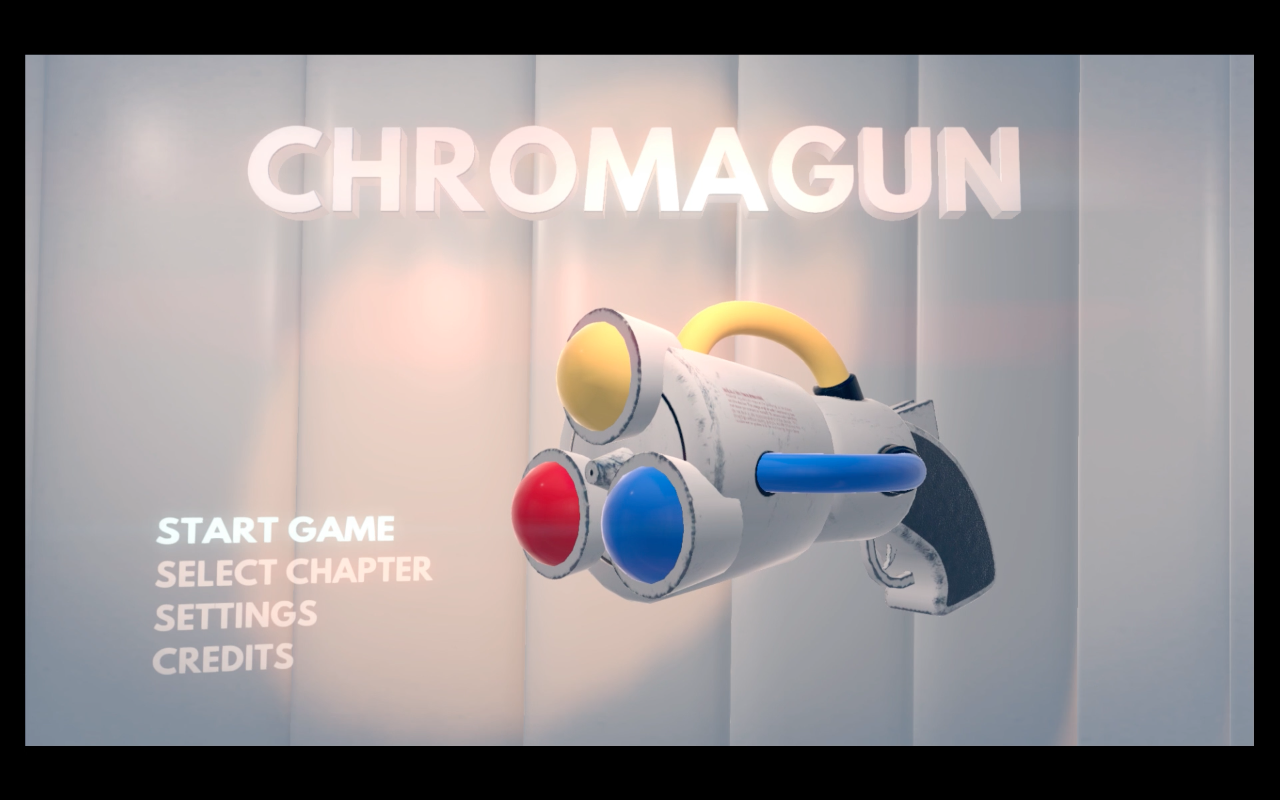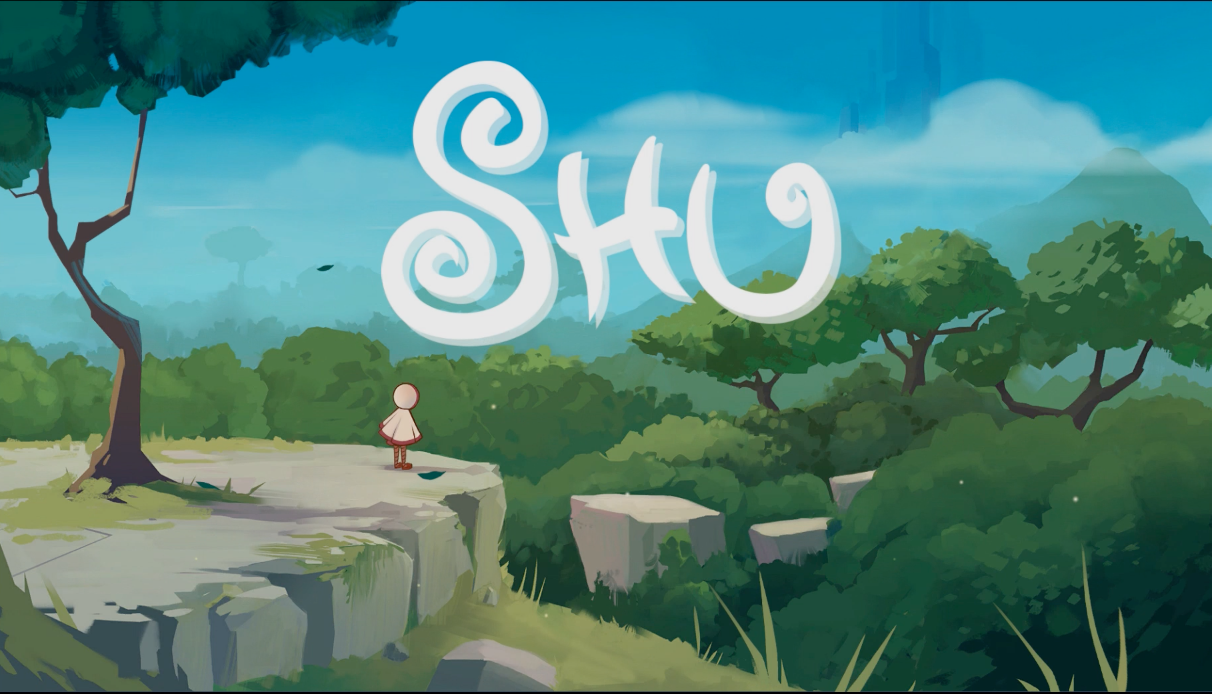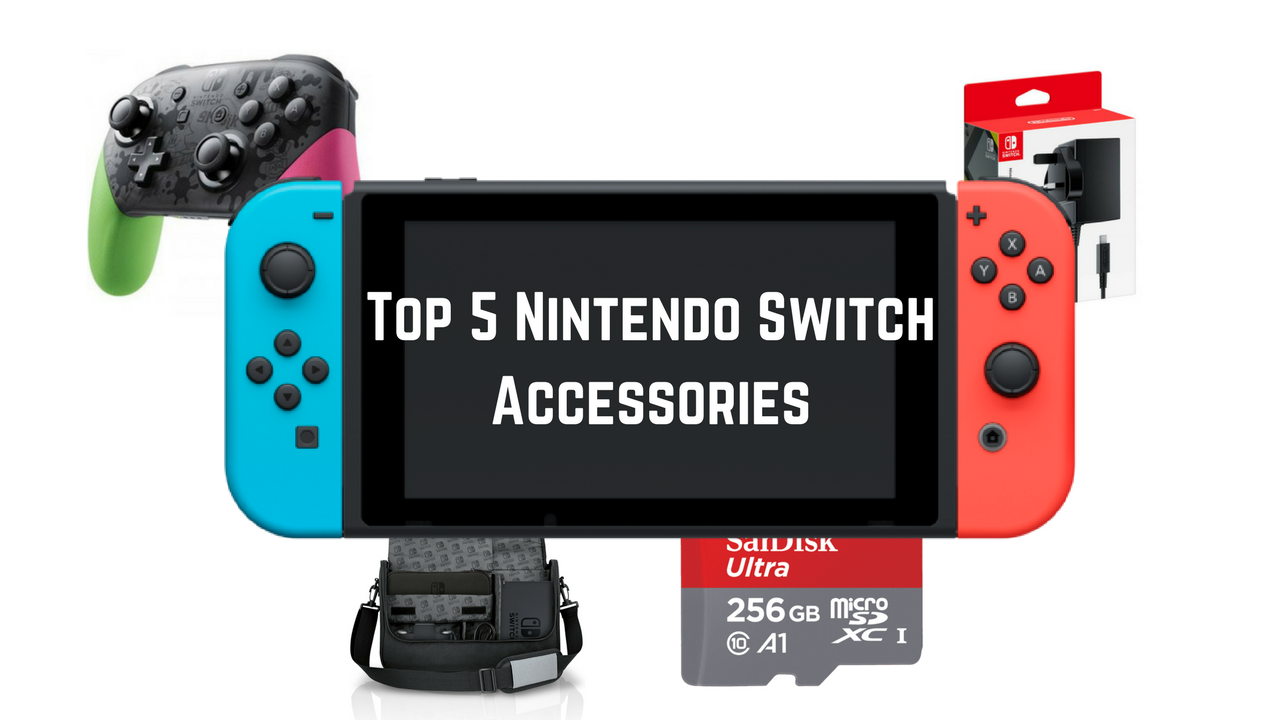ChromaGun Nintendo Switch Review
Developer: Pixel Maniacs
Publisher: Pixel Maniacs
Release Date: January 22nd 2018
Price as of Article: $19.99 USD, £17.99 GBP
Something that may instantly deter you from taking a punt on ChromaGun may be its origins. ChromaGun carries the stigma of originally being a mobile game released in 2015, over the years it’s made its way on to PC and then current generation consoles, now it’s for the Nintendo Switch. First person mobile games don’t always work so well, but they can do. If you look at the success of something like Morphite there’s definitely room for ports of some of the more ambitious mobile games.

The story for ChromaGun is a little on the slim side and despite this, it still feels like it’s treading on over familiar grounds. It’s not particularly original. You are an unnamed test subject heading into an immediately shady tech company to test out their latest device. There’s not much else to say without spoiling it for you, but let’s just say things are often kept to a minimum storytelling-wise until about half way through when the story takes a predictable turn. You’re occasionally narrated by the welcoming guide to the company. He helps you on your way, teaching you about the mechanics of the game, usually with a quick quip. It’s humorous and nice but I think his dialogue could have been far more frequent. After the initial intro things go deadly quiet until around half way through where the narrator pops back again for something a little more special.
The audio is mostly fantastic. I really like the music implemented in this game as it suits the atmosphere and setting so well. I wouldn’t claim to be an expert on this genre, but I’d say it’s kind of like chillstep, some very relaxed electronic beats. It’s the kind of music you’d listen to while studying or even perhaps solve a puzzle or two, hence it fitting very well to this game. It’s a surprising highlight of ChromaGun even if there’s not too much variety overall. The sound effects are slightly different though, there aren’t many, but shooting the paint in particular is rather feeble. There’s not a lot of oomph to the sound design outside of the music. Outside of the soundtrack, the sound design is rather on the minimalistic side and doesn’t scream quality.

Graphically the game is okay for a small indie attempt but it is a little rough looking around the edges. Models are not impressive and the textures are downright poor at times, so flat and low resolution. I hear you scream “Well, it’s a mobile game!” but it really could have been upscaled better for home consoles. The Switch is capable of so much more. Maybe I’m being overly harsh though since it didn’t particularly affect my enjoyment of the game. Everything has the typical sterile test environments you find in these games, the different colours do add a lot to the game and I do like the environments later on which I won’t spoil. It’s commendable to build a competent first-person 3D game for mobile, but when you’re putting your game on the home consoles you should go out of your way to polish it up and make it as presentable as possible. So in that regard the visual presentation is quite a disappointment.
As a first person-shooting puzzle game, immediate thoughts and comparisons will head in the direction of Portal. And yes, it’s very much like Portal in many areas. There’s a special gun, there are test chambers and of course a corporation who’s clean cut exterior isn’t all that it seems.
The gameplay revolves around the eponymous ChromaGun. This tricoloured shooter has the ability to paint walls in three different colours depending on which button you press to load a different one. Y loads yellow, B loads red and X loads blue, and it’s as simple as that. Once loaded, you fire with the ZR button. I do have a minor complaint about the mapping of the controls. When you look at your gun from a visual standpoint, the colours are very clearly defined in their positions. With blue on the left, yellow in the above middle and red out on the right. You would think that you would map the button controls to how it looks, right? Red should have been A, yellow should have been X and blue should have been Y. It just makes sense. As it is, they visually don’t match up with the inputs and so many times when my immediate reaction to switch a colour to where it looked like it should be mapped to, I ended up making a mistake. I did eventually get used to it but I feel it’s a missed opportunity to allow gamer and the game to be connected in a more subconscious way. Maybe that’s just my brain not being able to cope, and it’s possible that it won’t bother you guys as much as it did I.

Going back to the colours, as you may expect you can mix colours together to create even more colours. If you know your colour scale well enough then you’ll have no problem, but having not thought about colour mixing for a good 15 years, it did take a few head scratches before my brain caught back up to the concept. Basically, you can also make green, purple, orange and eventually a dark murkiness which makes the surface unusable.
So what do you do with these colours? By painting the walls and the often unfriendly WorkerDroids, you can attract them to each other. A red droid will head straight to a red wall and so on. Doing this will help you flick switches or triggers that help open doors to allow you to exit the level. It’s a pretty simple concept but it in actuality the puzzles can be rather challenging. As primarily a puzzle game, this is exactly how you want it to be. After the initial introduction, it’s not going to be a walk in the park for you and you’ll really need to think about how to approach each puzzle.
There are only a few ways in which puzzles are solved, either by moving WorkDroids out of the way, hitting switches to open doors and then electrified tiles in which a WorkerDroid needs to be sacrificed in order to disable a few of them and allow you to walk through. So, there’s really not too much variety on show, but the game does squeeze out a lot of puzzles from these few gimmicks.
There’s a slight issue I have with how things can play out. There generally seems to be only one way to solve a puzzle which is always a bit of a downer. I think I’ve been spoiled a little too much by Zelda in this regard, where there were multiple ways to solve things. There’s also the issue of making a mistake. If you make a small mistake, the puzzle will become unsolvable and a restart needed. Puzzles and rooms are kept fairly short, however, so it’s not actually a huge deal and restarting is usually quick enough. If you think about all those incredibly difficult platformers that are a dime a dozen these days, you die so many times and respawn instantly. This is just a version of that really. Not ideal and can be annoying at times, but it’s acceptable due to all the moving parts required for these puzzles and just how the game is generally constructed.

When looking at value, you need to consider the high price point which starts at an eye watering £17.99, much higher than the original iOS version. It’s ambitious for the publishers for sure and I find it difficult to recommend it at that higher price point especially when looking at the visual presentation, it doesn’t seem like too much effort has gone into making it fit the Nintendo Switch. The short-ish runtime as well as a lack of replayability make this a tough sell. It’s still a decent game though, there’s no getting around that, but I find it difficult to see how they came up with such a price. If I’d have bought this game myself, I would have expected something around £11.99 in all honesty.
Pros
Nice puzzles
Really enjoyed the soundtrack
Cons
Lackluster visuals
High price
Predictable, rehashed story


